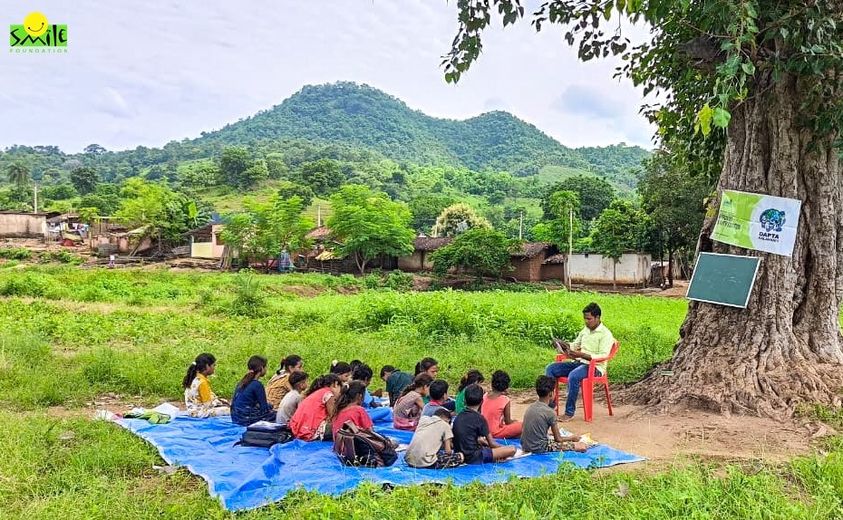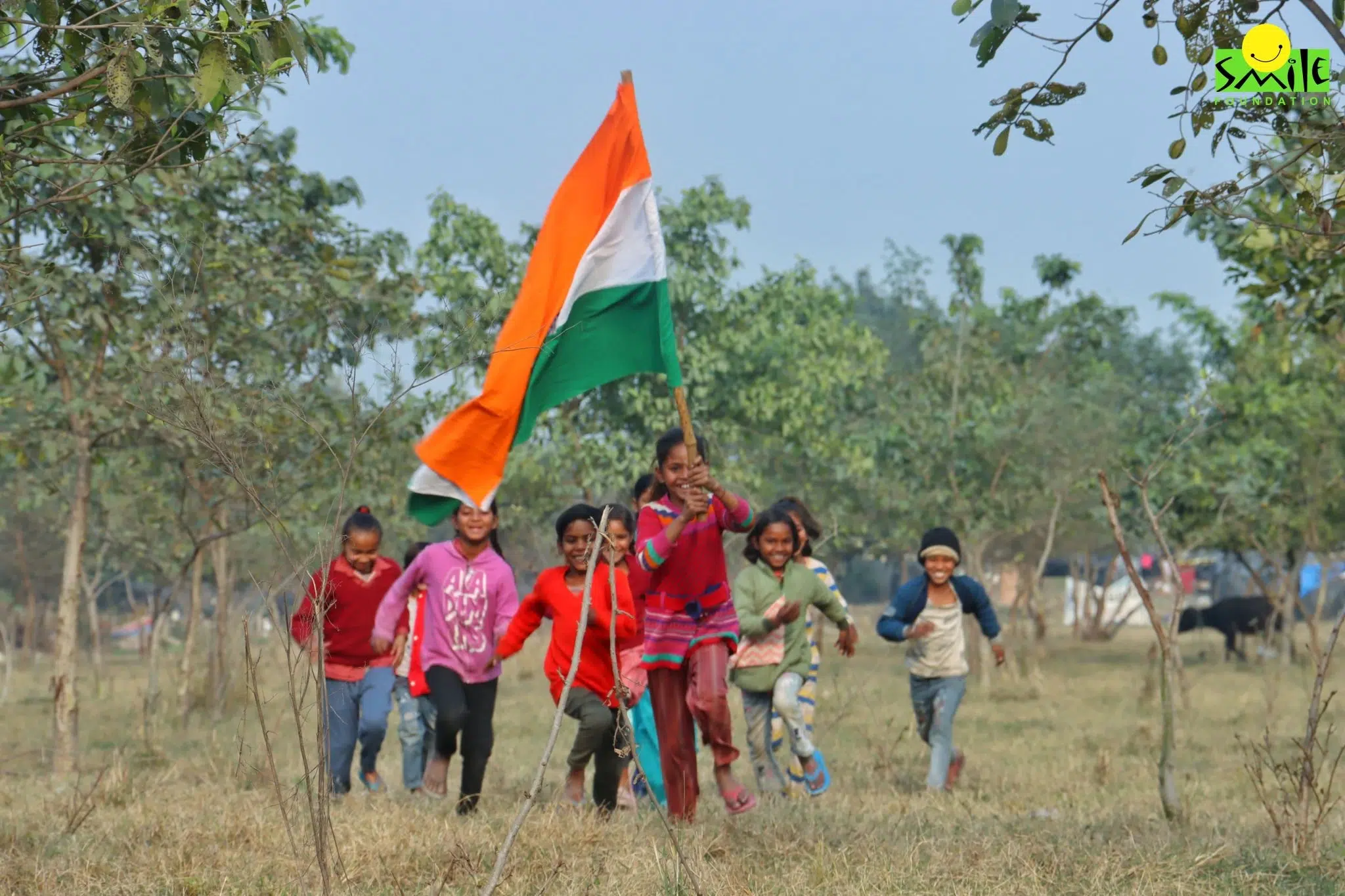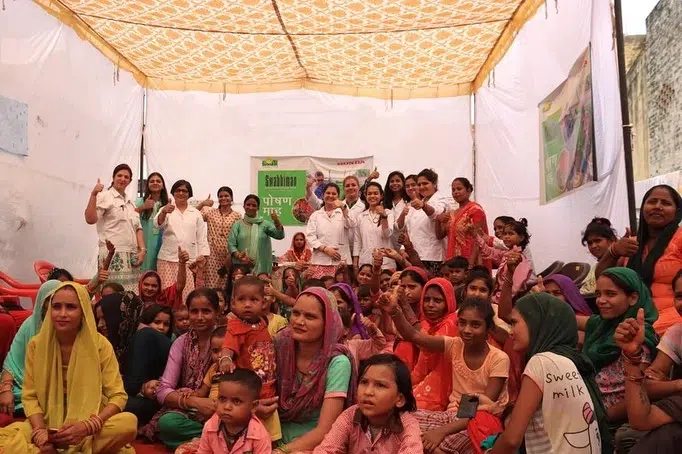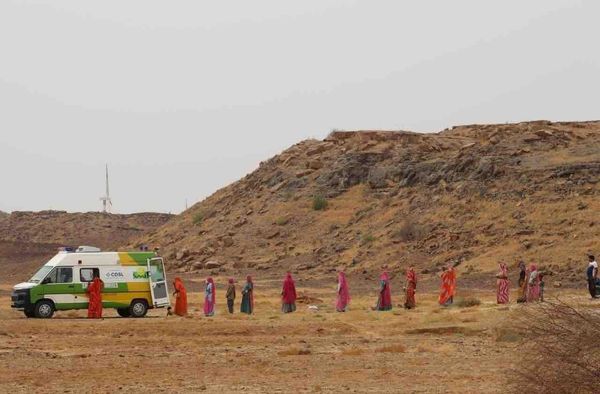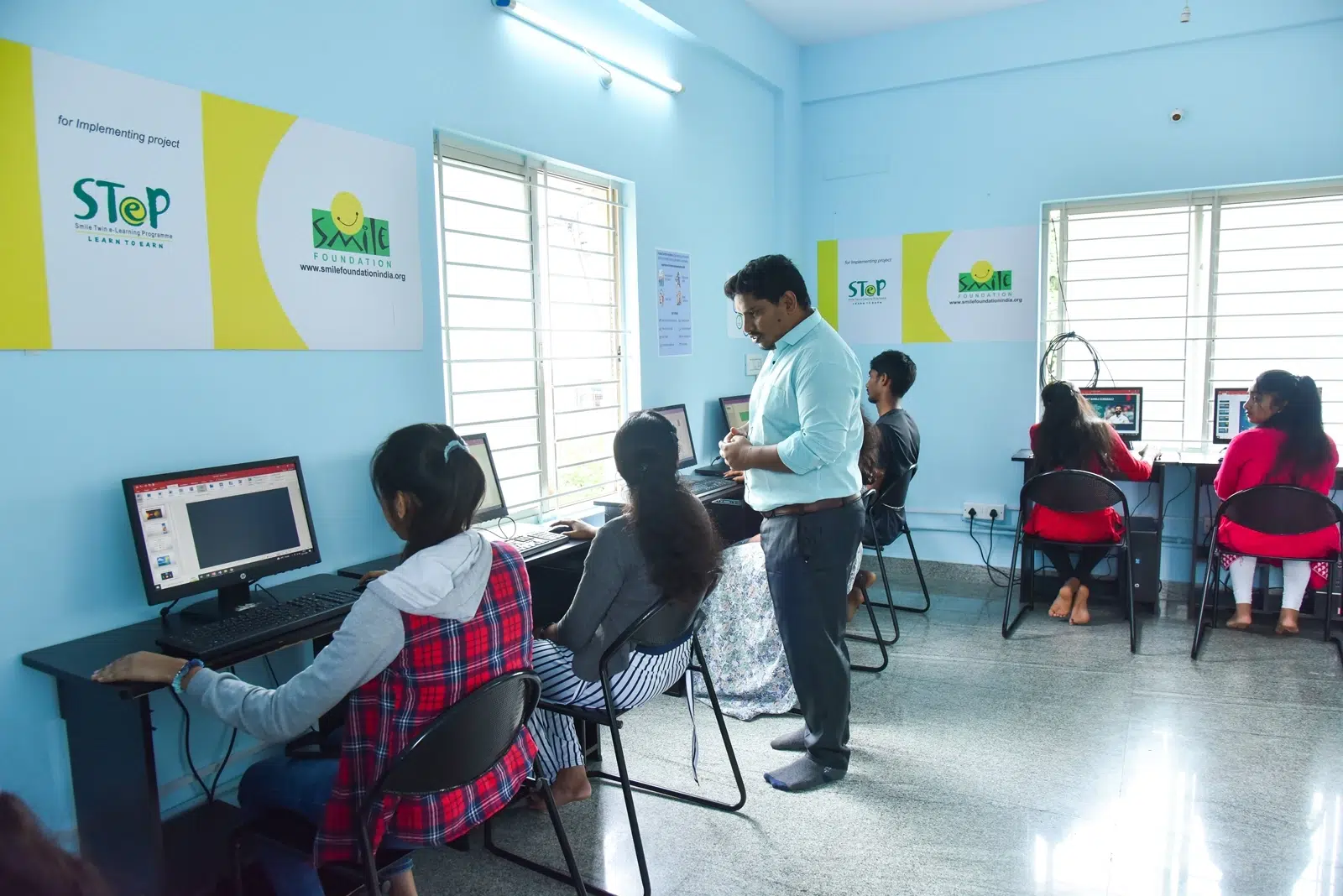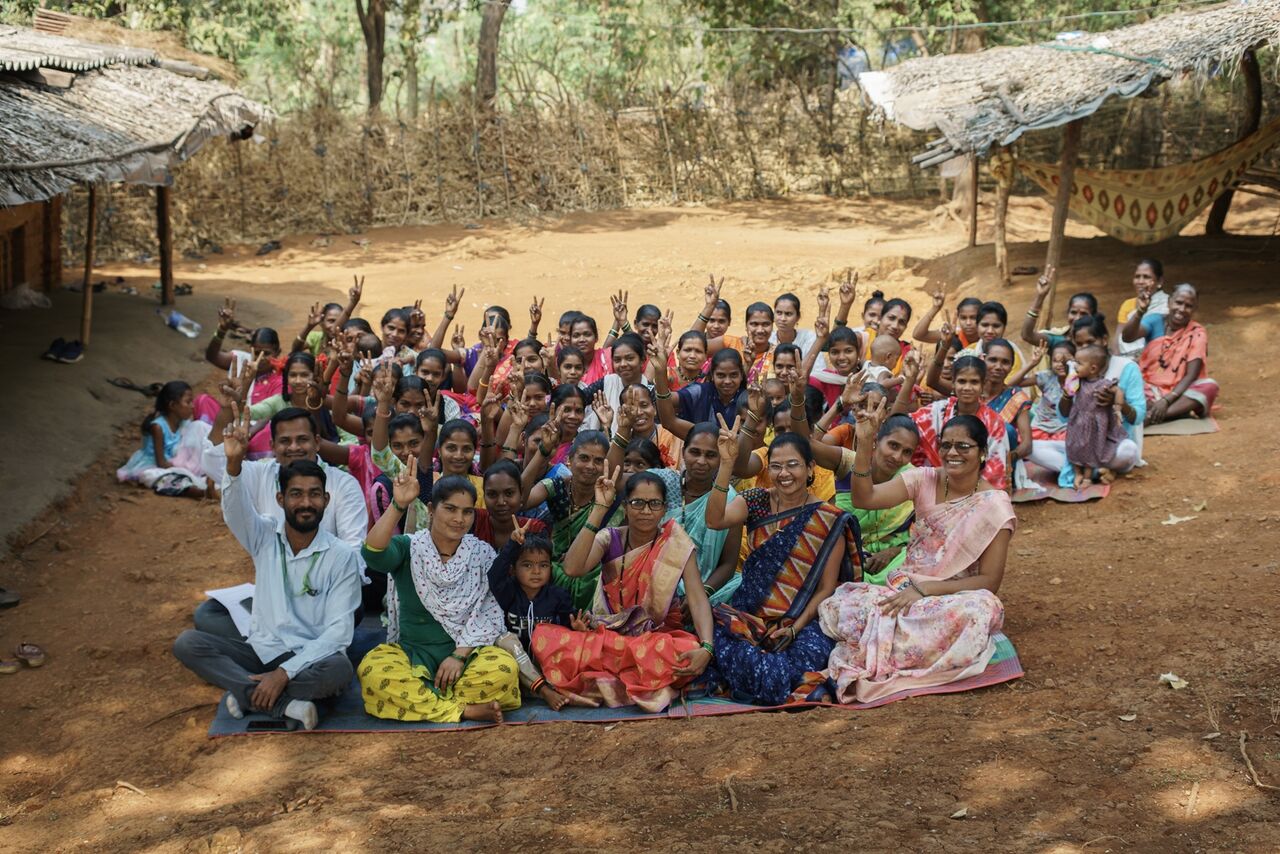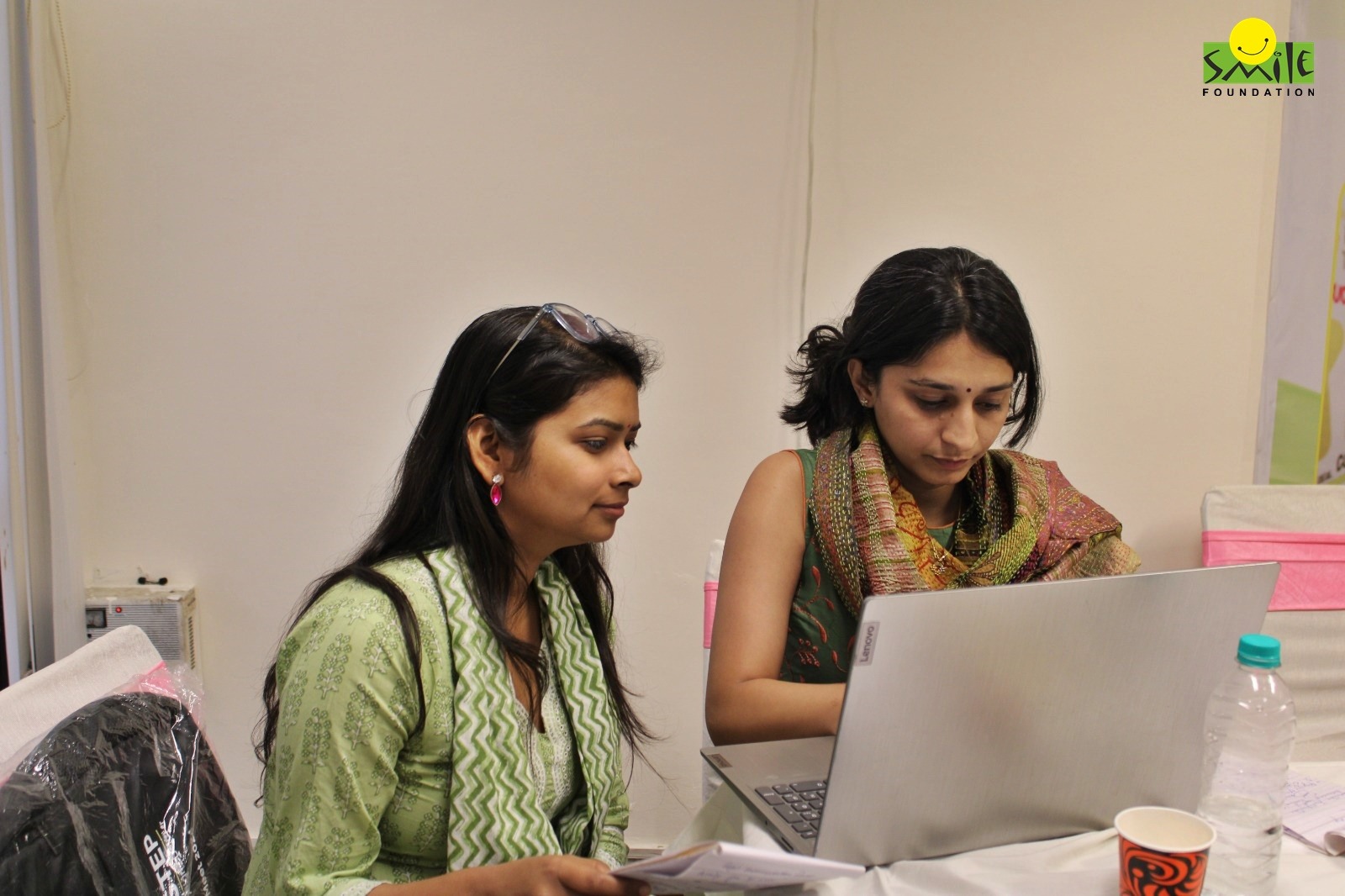In the heart of Odisha lie two districts, Kalahandi and Kandhamal, where two Mission Education (ME) centers of Smile Foundation are creating transformative impacts in the lives of tribal children living in challenging circumstances.
Kalahandi District
Kalahandi, considered one of the poorest districts in India, faces stark challenges despite its abundance in rice production. The district is predominantly rural, with a significant tribal population, including the Gonds, Kondhs, Sabars, and others. Poverty touches 47.28% of the population, hitting hardest in the tribal communities.
Agriculture sustains Kalahandi, engaging over half of its population. However, unequal access to resources leaves many in dire poverty. The literacy rate is modest, with 59.22% on average, showcasing the need for educational interventions.
Smile Foundation, in collaboration with DAPTA, manages the ME center in Lanjigarh Block. In this tribal-dominated area, four centers cater to 150 children in villages where government schools are non-existent. Surrounded by streams, hills, and forests, these areas pose challenges for children to access education.
Of the 120 children in three centers, 52 are girls and 68 are boys, aged 5 to 15. The majority belong to Particularly Vulnerable Tribal Groups (PVTG) and Scheduled Caste (SC) communities, living below the poverty line. DAPTA provides quality education, nutrition, health facilities, and essential materials, supporting these children on their educational journey.
Kandhamal District
Kandhamal, another backward district in Odisha, battles poverty with an economy rooted in agriculture, horticulture, and forest produce trading. Tribal populations dominate this district, facing challenges due to low literacy rates, lack of industries, and dependence on cultivation and forest products.
ME center KZSVS, in Daringbadi Block, manages three learning centers supporting 145 children from Dongri Kondh, a marginalized tribal community. These children face challenges accessing government schools due to distant locations and impassable roads.
Of the 145 children, 51 are girls and 94 are boys, aged 5 to 15, primarily from PVTG and SC communities. KZSVS ensures these vulnerable children receive quality education, nutrition, health facilities, and essential materials, addressing their unique needs.
Interventions under the Mission Education Programme
In the Kalahandi and Kandhamal districts of Odisha, our SMission Education programme has implemented a series of impactful interventions to address the unique challenges faced by children in difficult circumstances. These interventions include the extension of teaching-learning through ME centers, providing essential learning resources for activity-based learning, imparting values through dedicated education classes, and investing in the training and capacity building of teachers.
The programme also emphasizes the celebration of important days and regular co-curricular activities to enrich the learning experience. Additionally, community engagement initiatives aim to raise awareness about the importance of education and ensure the sustainability of the ME centers. The programme places a strong emphasis on local resource mobilization, enhancing the capacity of ME partners for long-term sustainability. Rigorous monitoring, including weekly calls, monthly review calls, on-site visits, and reporting from ME centers, ensures the effectiveness and continuous improvement of these interventions.
Overall Impact of the Programme
The impact of the Mission Education programme is profound and multifaceted. In both Kalahandi and Kandhamal, there has been a noticeable increase in classroom attendance, reflecting the success of interventions aimed at making education more accessible and engaging for children.
Academic performance has shown improvement, and enrollment rates in government schools have risen, indicating a positive shift in the perception and value placed on education. The passing rates from primary to upper primary education have increased, demonstrating the effectiveness of the program in promoting educational continuity.
Moreover, there has been a growing interest in education among parents, contributing to the overall improvement in the community’s perspective on the importance of schooling. The reduction in school dropouts underscores the program’s success in creating a supportive environment that encourages continued learning.
Beyond academics, our interventions have led to improvements in health behavior, nutrition awareness, and the recognition of the pivotal role education plays in the lives of children and their families. These combined impacts reflect the comprehensive and transformative nature of our flagship Mission Education programme in Kalahandi and Kandhamal.



